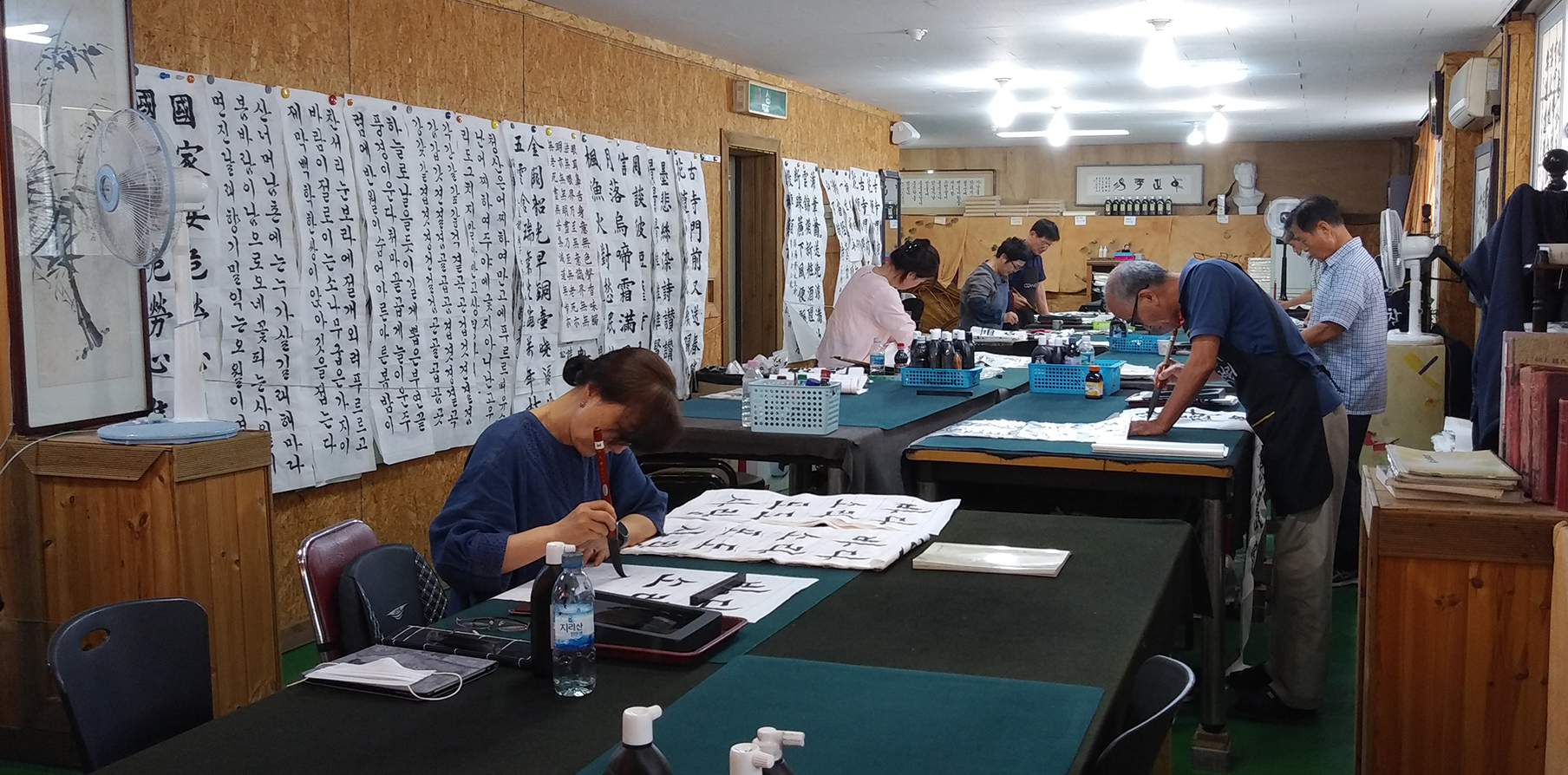Spotlight
Places of Letters
4 Hangeul-themed Spots
Hangeul, one of Korea’s greatest inventions, is seeing a renaissance as artists and designers seek to incorporate the alphabet into modern life. Four venues in the country offer unique and interactive experiences featuring Hangeul’s visual architecture.
Written by • Kim Jane
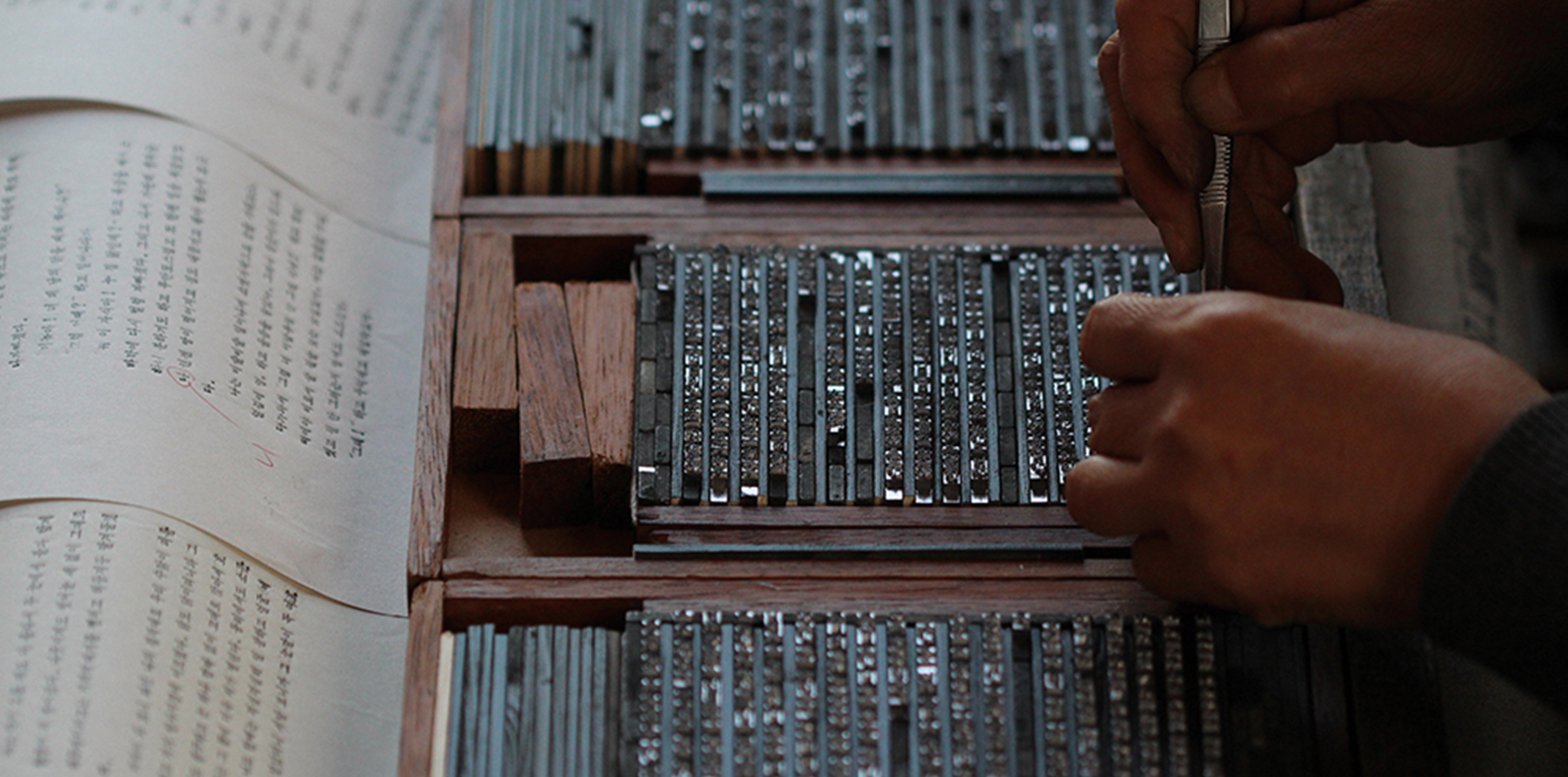
© Museum of Books & Printing
Museum of Books & Printing
For an old-school experience in letterpress and tangible type-faces, the Museum of Books and Printing offers programs open to all. Visitors can typeset their desired copy or phrases to make their own postcards for KRW 15,000 each or print using manual typewriters for KRW 5,000. Materials and admission incur separate fees from these activities, and reservations are accepted in Korean only.
The museum’s first floor is a replica of a historical printing office packed with rare vintage objects like wooden types and casting machines. The second floor consists of collections of antique historical books and the third those of modern literary works. Apart from canonical classics, the third floor even displays magazines considered lowbrow back in the day.
- Jeung-ri 616, Sindong-myeon, Chuncheon, Gangwon-do Province
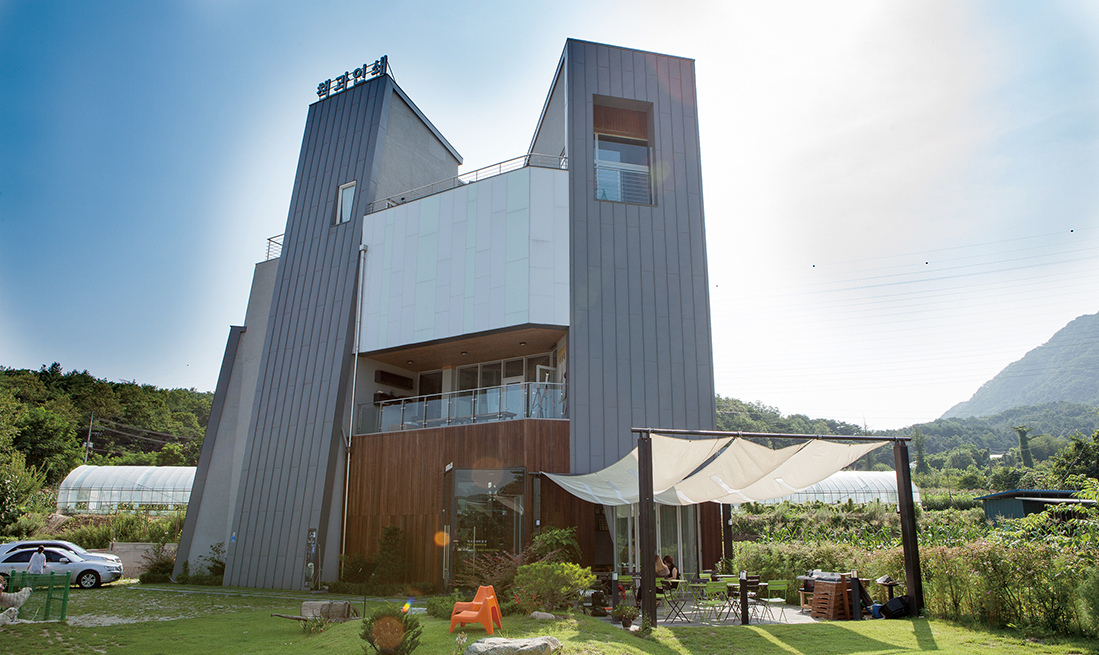
© Museum of Books & Printing
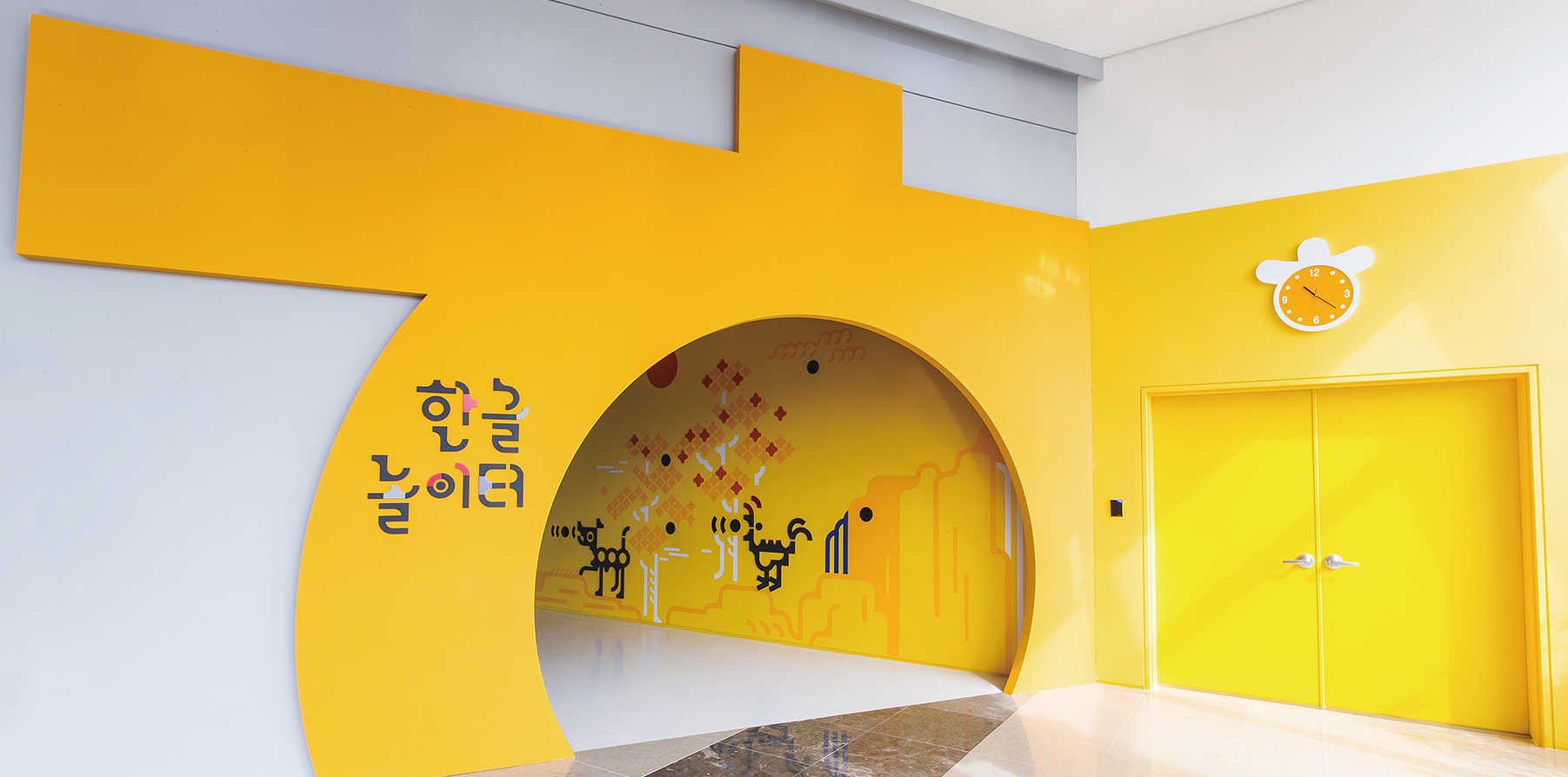
© Nat’l Hangeul Museum
Hangeul Playground
Established in 2014, the National Hangeul Museum (NHM) is where the past and future coexist and presents the multifaceted charms of Hangeul, through which the Korean spirit and culture live on. The museum features many exhibitions, educational programs and historical information on the Korean alphabet.
Among eclectic Hangeul-based programs offered by the NHM is Hangeul Playground, an experiential space for kids ages 5-9 featuring the sections Easy Hangeul, Pretty Hangeul and Come Play in Hangeul Forest. Easy Hangeul offers a handy breakdown for kids to understand the rational mechanisms of the Korean alphabet through fun analogies, like sounds, space and the concepts of partnership for understanding vowel and consonant combinations.
NHM caters to not only those with developing familiarity with Hangeul, but also to an audience with deeper knowledge on the alphabet. Featured below is the second part of the NHM’s signature series (The 2nd Hangeul Design Project) of special exhibitions titled “Sounds X Hangeul: Variation of the Korean Alphabet.”
- 139 Seobinggo-ro, Yongsan-gu District, Seoul
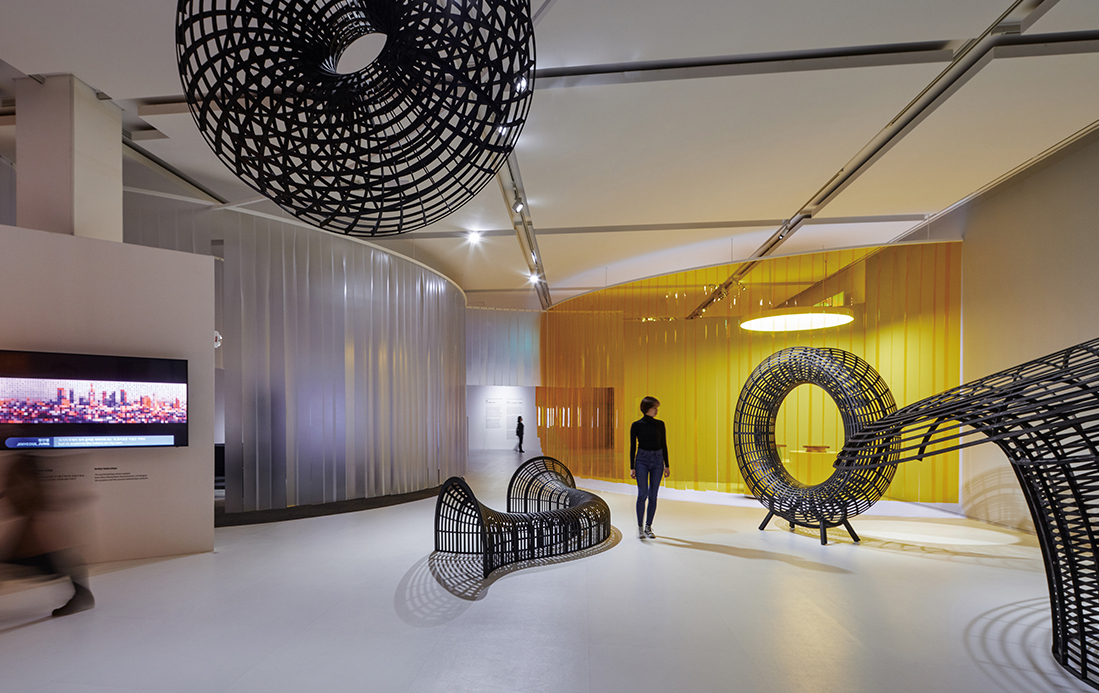
© Nat’l Hangeul Museum
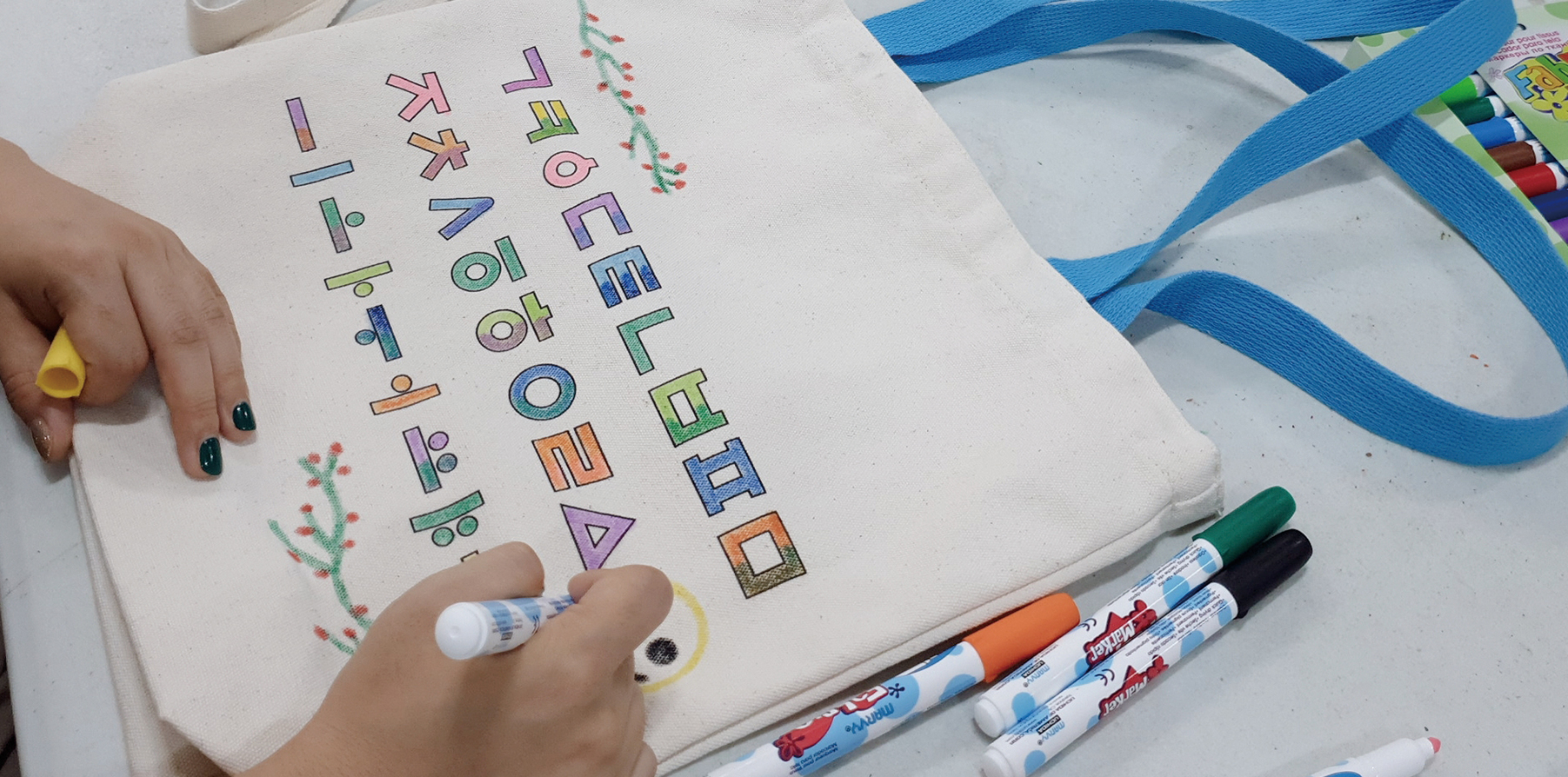
© Moka Museum
Mok-A Museum
Established in 1989 to preserve and develop Korean Buddhist cultural artifacts and traditional woodcraft artworks, the museum gets its name from the words mok (tree) and a (sprouting bud), and together the name “Mok-A” means “creating something new out of a dead tree and giving it a new life.” The museum is in the northern outskirts of Seoul, which is home to the UNESCO-registered tomb of King Sejong the Great.
For history buffs, the museum since March this year has hosted the King Sejong Book Project, which features reference books credited to the monarch each paired with a crafty activity using stationary. On a monthly or bimonthly basis, a free event (limited to 30 participants) introduces a book on his legacy in Korean. For October and November, the astronomical reference book Chiljeongsan (Calculation of the Motions of the Seven Celestial Determinants) will be discussed. The work was compiled in 1442 to enable accurate observations of solar eclipses and constellation movements.
- Emunan-gil 21, Gangcheon-myeon, Yeoju-gun County,
Gyeonggi-do Province
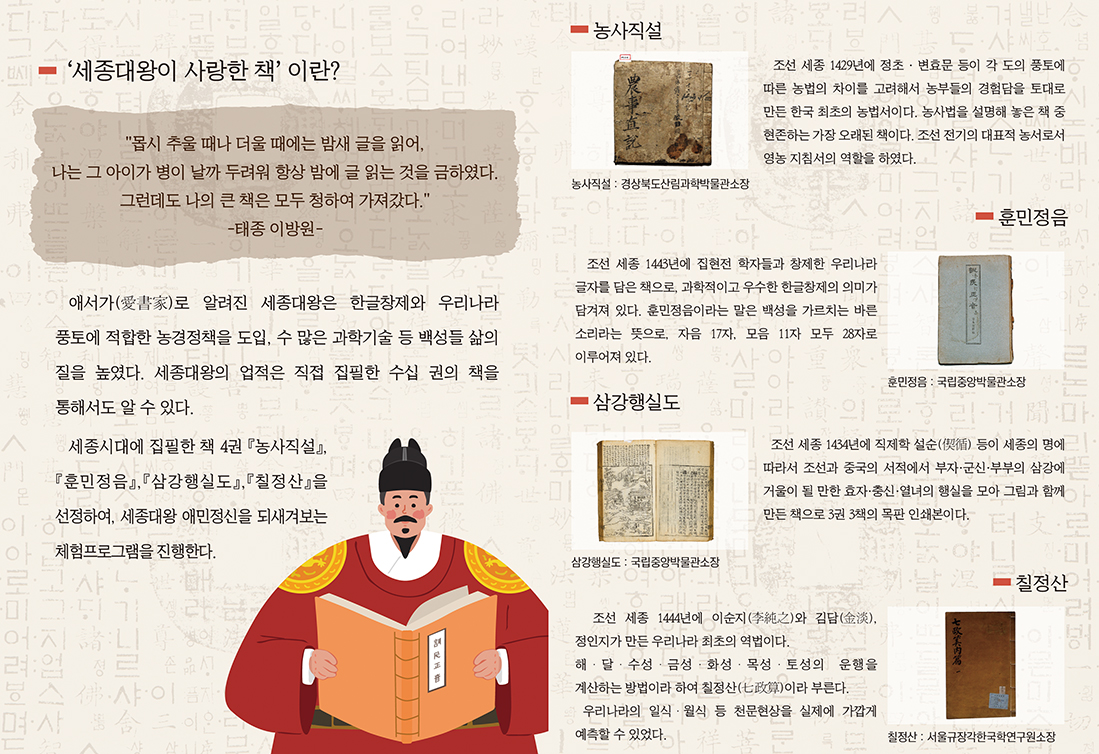
© Moka Museum
Other Articles
-

Story More Than Letters
-

Interview Kim Boseong
-

Trends Super Simplicity
-

Spotlight Places of Letters
-

Travel Sea-ing is Believing
-

Flavor Dakgangjeong
-

Culture Vulture 3 Traditional Korean Instruments
-

Current Korea 4th Round of Relief
-

Global Korea Online Photo Exhibition of Incheon
-

While in Korea Domestic Travel in Korea During Chuseok
 Webzine
© KOCIS. All rights reserved.
Webzine
© KOCIS. All rights reserved.
